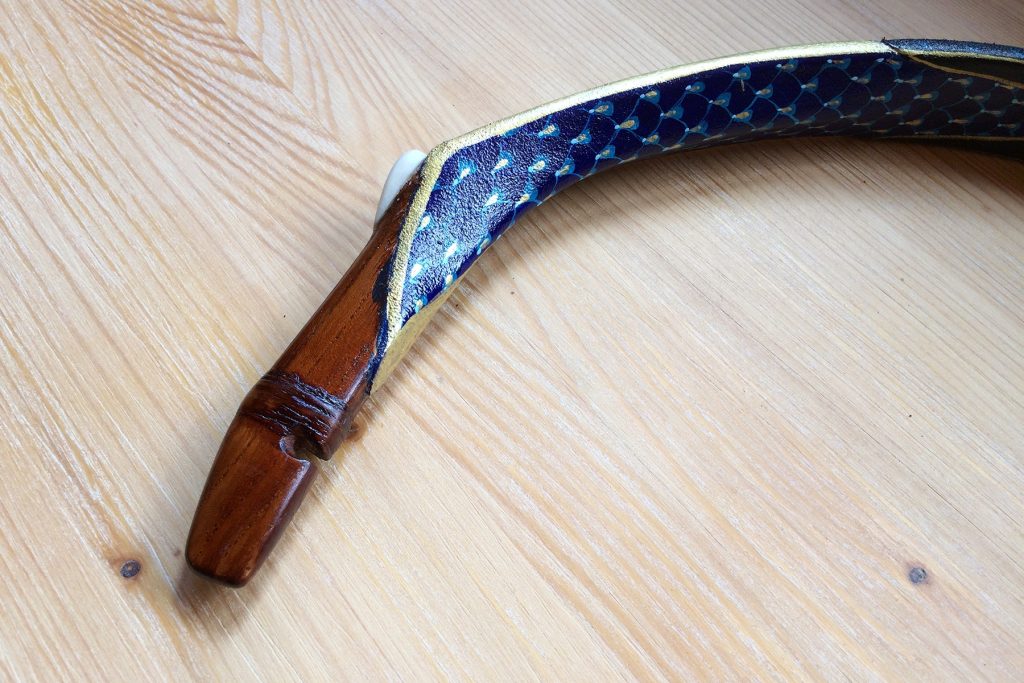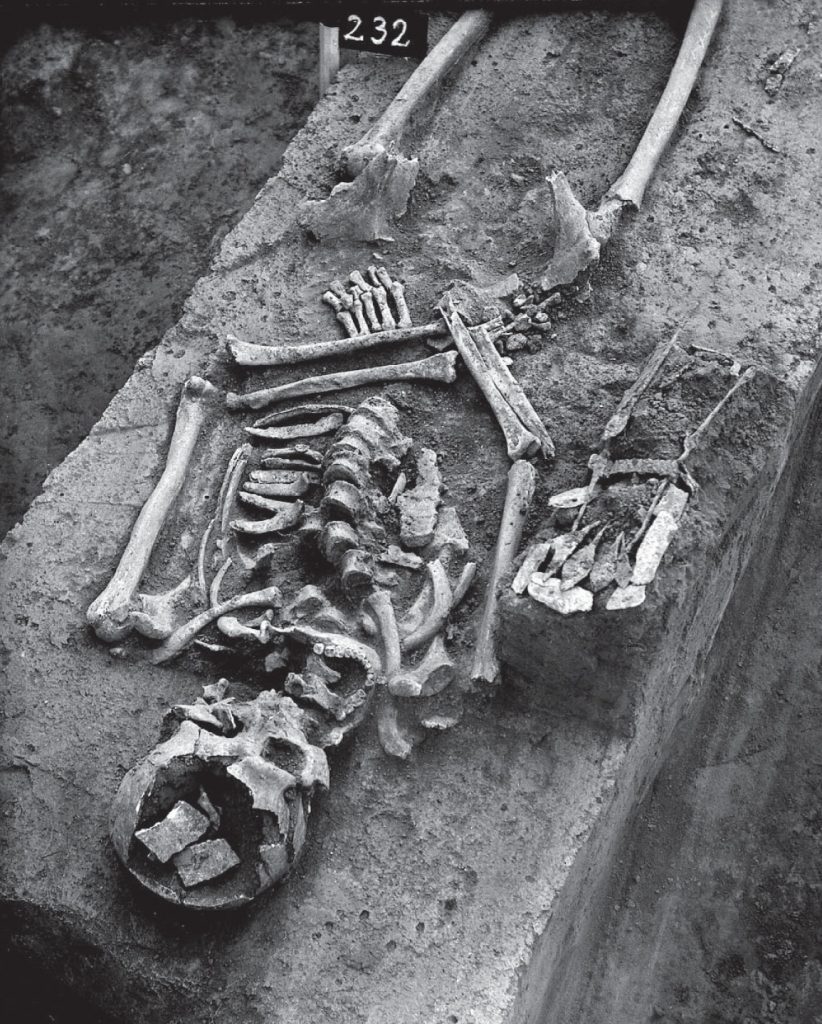THE BONE TIP BOW
BOWS WITH BONE-TIPS HADN’T BEEN BURIED IN THE GRAVES OF THE SCYTHIAN ERA NOR IN EUROPE NEITHER IN ASIA. THIS CHANGED, HOWEVER, AT THE BEGINNING OF THE CHRISTIAN ERA, AROUND THE DAWN OF THE 1ST CENTURY. IN THE NORTHERN TERRITORIES OF TODAY’S MONGOLIA, AND TO THE WEST FROM THE LAKE BAIKAL, ‘TABLE-TOMPS’ (GRAVES COVERED BY STONE-TILES) WERE FREQUENT, WHICH, ACCORDING TO THE ARCHAEOLOGIST, DATE BACK TO THE 3RD—2ND CENTURY BC. THEY ARE CONSIDERED TO BE THE EARLIEST RECORDS OF THE ASIAN CUMANS. IT WAS FROM THESE GRAVES THAT THE EARLIEST BONE-BOW-TIPS AND RISERS TURNED UP. THESE TINY BONE PLATES, THAT WERE APPROXIMATELY 10-12 CENTIMETRES LONG AND 3CENTIMETRES WIDE, CLOSED IN A PECULIAR SEMI-CIRCLE SHAPE IN THE ONE END.
Such bone-bow-tips, that go back to the beginnings of our chronology, had been found at excavations in western Central-Asia, and later, in 3rd Century layers, they occurred in the territory of Kazakhstan as well. Even more prominent is the Syrian founding of the same era—an almost undecayed bow was revealed, that helps us come to know about the structure of the early bone-tip bows.
This bow too had three layers, similarly to the earlier Scythian-.type composite reflex-bows. Starting from the wooden core, a horn plating adhered to the bow’s internal side, facing the archer, while on the external side animal sinew was used. Its cross-section at the handle was egg-shaped, around the limbs a flat ellipsis. (Thus the cross-section is altogether narrower than that of the composite reflex-bows found in the Egyptian king-graves, yet more stout, and shapeless than those of the succeeding centuries.

The most substantial difference, however, that sharply distinct this recurve bow from those of the Scythian-type, is that, with time, the shape of the flexible limbs became lankier and the tips were strengthened by two tiny bone-plates. Into these plates a semi-circle shaped rabbet was carved, that helped in fixing the string onto the bow. The two string-fixing rabbets at the two tips weren’t completely similar. At the one end, the rabbet was more angled—this was at the tip to which the string was constantly attached–, while at the other end the rabbet’s shape was a semi-circle—this was the rabbet into which the string was only hooked right before use.
The bone-bow-tips weren’t similar in length either: the ones on the side of the constant-fixation were longer, while the ones at the other end, for sake of flexibility, were shorter. In contrast to the Scythian-type bow, that was constantly strung, the Hun-Partus bone-tip bows were held unstringed—the string was only hooked into the rabbet before use. The length of the bow increased considerably, due to the expanse of the limbs, and reached the prominent 147centimetres (the Scythian-type recurve bows were only 80—100 cm long). The bow-tips were provided with a protecting-ornamenting bark-wrapping that covered the three-fourth of the bone-plates as well.

The importance of extension and strengthening the bow-limbs is obvious: the projectile force of the bow is augmented by the length of the limbs, especially if this doesn’t mean that the bow becomes heavier. The stiff bow-tips connected to the flexible limbs work as „elevators”, thus contributing to the projectile force. The longer and stronger composite-reflex bow, also known as the „bone-tip bow” let off its arrows with such force, that those were able to punch through metal armour. It’s not surprising therefore that the bone-tip bow was the most important military invention of the time.
The Hun took a major part in the development and distribution of this modern weapon—as it was reported by contemporary Chinese sources. The Hun military technique is attached to these „bone-cultures” by several strings. The roundish, stout and short bone bow-tips spread in the territory of the Asian steppes between the 1st—3rd Century ACE. It becomes a frequent and peculiar archaeological finding in connection with Attila’s Huns, all around the Hun Empire, and along the rambling-paths as well. If we compare the bows that Attila’s Huns used to the oldest examples of the bone-tip bows, it is plain to see, that the length of the limbs increased significantly. In contrast to the 147centimetre Yrzi (Jurchid?) bow their length reaches 160 centimetres.




